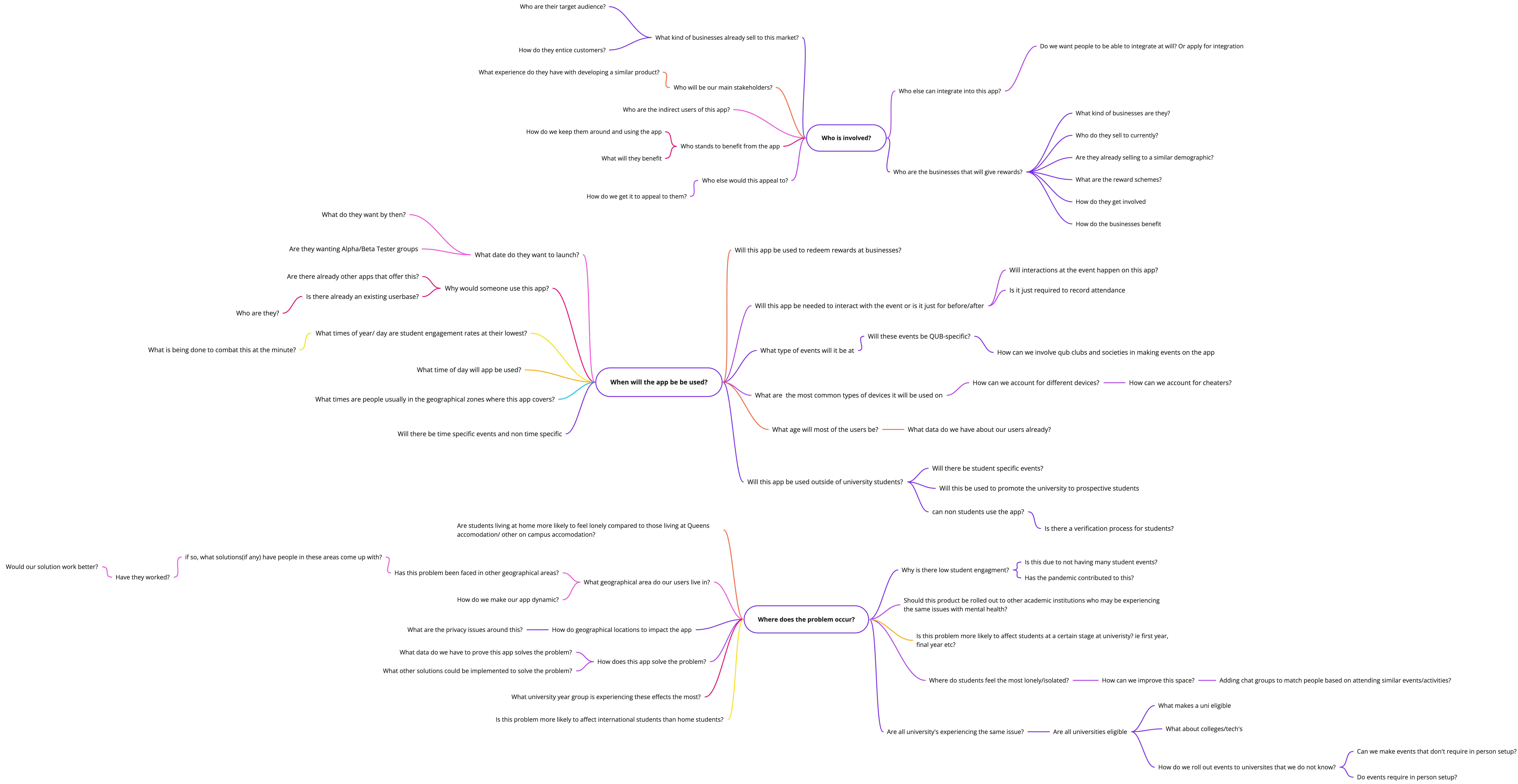Working together online
Our team was working remotely due to COVID restrictions which meant that we had to find ways to collaborate online. We did this by using Microsoft Teams for video calls, which we did regularly to check in every day which allowed us to connect and get to know each other while having fun working on a project we were passionate about. We also used the collaborative whiteboarding tool, Miro, to work together on creating ideas online. For development, we utilised Jira for ticket creation and allocation so that we could keep track of what everyone was working on each sprint, and GitLab to create repositories for each aspect of our system, allowing us to work from the latest version of the system's code.
Malicious users on the system
We were concerned that users may use our system with malicious intent. In order to try and combat against this, we implemented strategies such as ensuring the type of data collected is generic and anonymising data collected on students and only allowing this data to be viewed in aggregation with other students' data to ensure that no one is identifiable. As well as this, we limited inputs from students (e.g. by generating friendly usernames instead of allowing users to create their own) and adding validation as we had little resources to moderate hateful language. We also made use of authentication and verification methods as part of the user journey as well as implementing good security practices within the code to reduce the risk of malicious users attacking the system (e.g. using user IDs to verify them before connecting with an API to retrieve data from the database).
Potential for poor quality code
We faced the possibility of poor quality code being implemented in the application. Such code would introduced security flaws, cause functions to not work as expected, or even crash the system. We mitigated this through the extensive use of code reviews. We ensured any code pushed up and waiting to be merged in with main and develop would have to be reviewed by at least one other person in the team. This allowed us the opportunity to make comments to address any issues within the code and, at the very least, allowed for knowledge sharing and gave us an awareness of what code everyone was working on and gaining advice from others more versed in a programming language or specific technology.






















